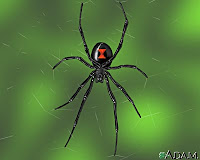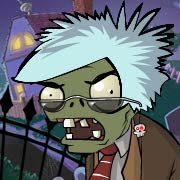Fundamentals of Nuclear Reactions
This is quick explanation of the structure of an atom


NUCLEAR FUSION is a reaction where small element atoms "join" together to create a new bigger element releasing energy, i.e. 2 Atoms of Hydrogen "fuse" into 1 atom of Helium.
Nuclear Fission Reactor
Uranium, many must recall this element in action movies, where the good guy has to find the bad guy that stole uranium; but why it is so important about this element.
Well Uranium is used in Nuclear Energy Facilities, it generates HEAT by nuclear fission. Big uranium atoms are split into smaller atoms. That generates heat plus neutrons (one of the particles that forms an atom). When the neutron hits another uranium atom, that splits, generating more neutrons and so on. That is called the nuclear chain reaction.
This chain reaction can quickly become unstable but the nuclear fuel (uranium) in a reactor can never cause a nuclear explosion the type of a nuclear bomb (A nuclear bomb is quite difficult to build). In Chernobyl, the explosion was caused by excessive pressure buildup, hydrogen explosion and rupture of all containments, propelling molten core material into the environment.
In order to control the nuclear chain reaction, the reactor operators use so-called “control rods”. The control rods absorb the neutrons and kill the chain reaction instantaneously. A nuclear reactor is built in such a way, that when operating normally, you take out all the control rods. The coolant water then takes away the heat (and converts it into steam and electricity) at the same rate as the core produces it so you have ENERGY.
In the pic: Energy of the Nuclear Reaction is removed by water heating it up, that hot water then generates Steam that moves the turbine generating electricity.



























